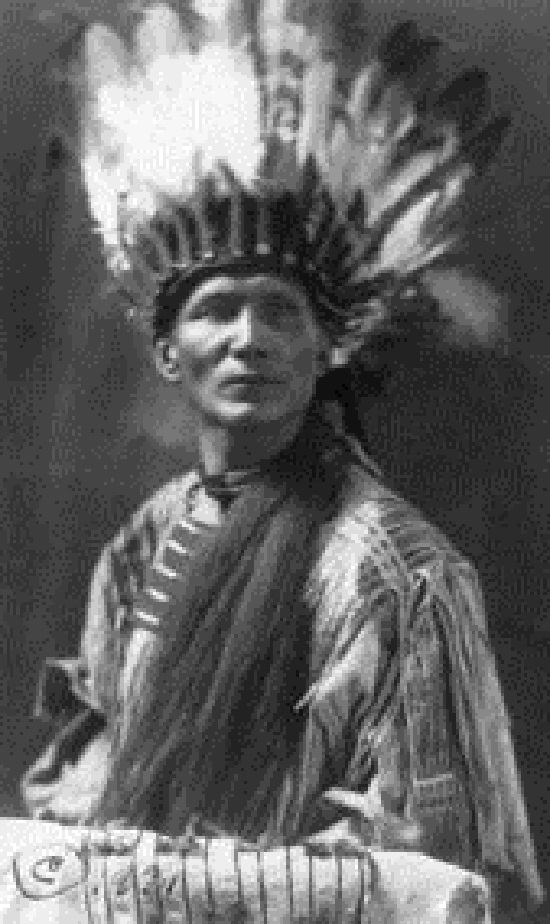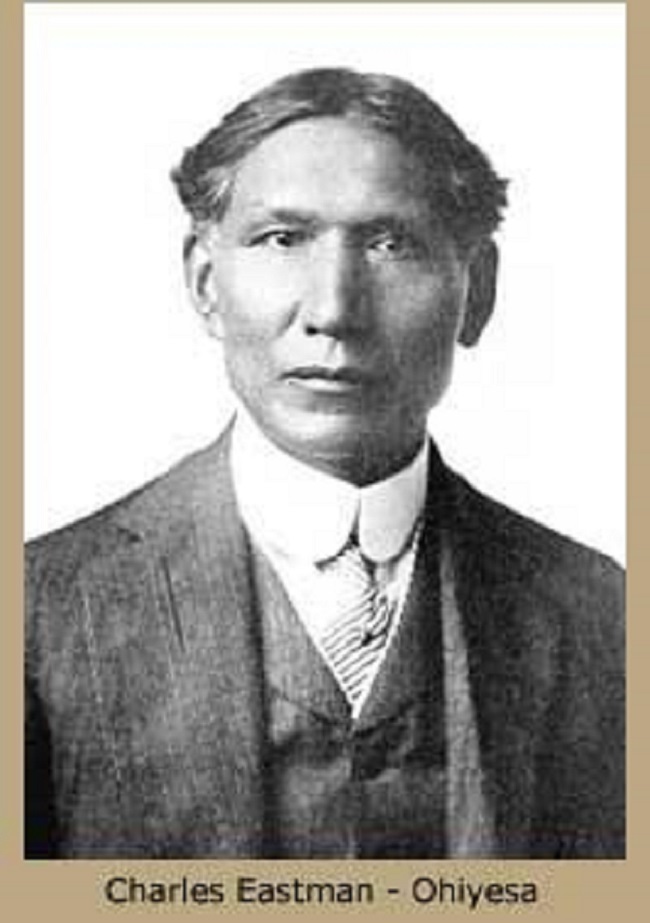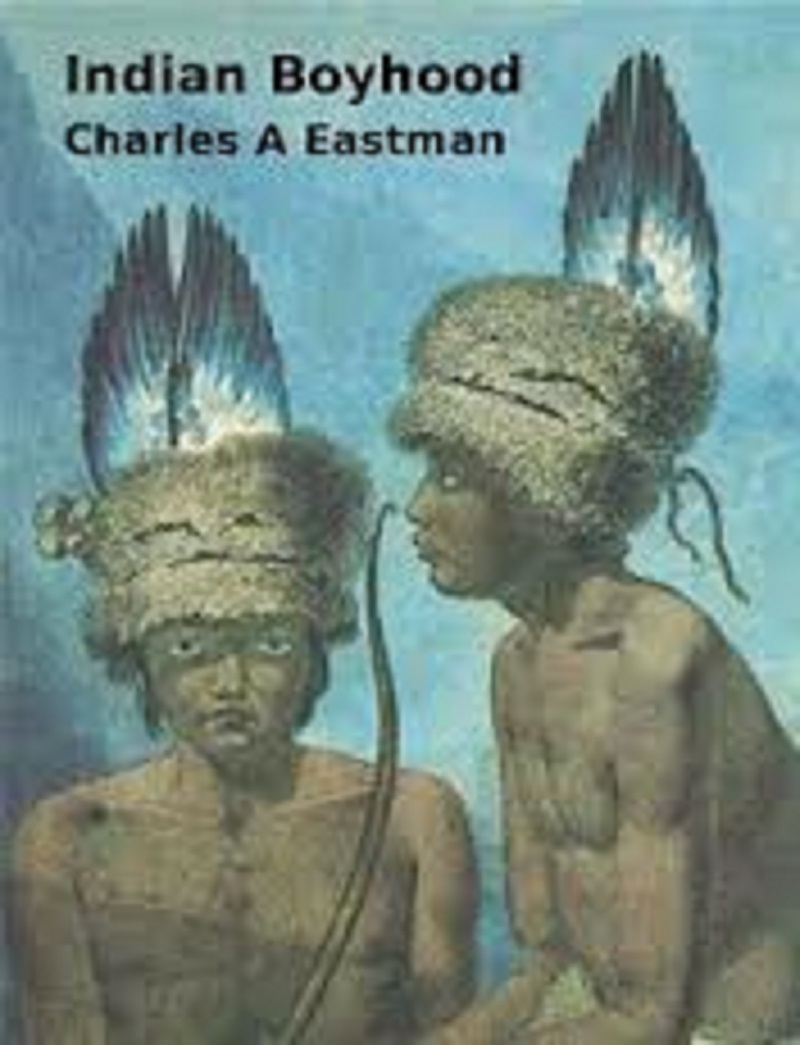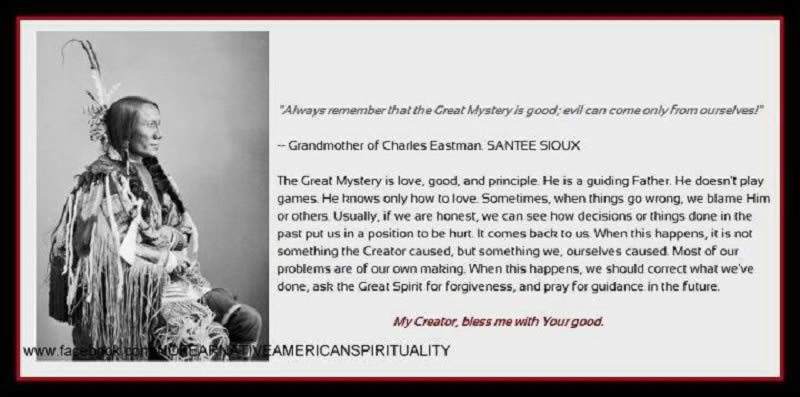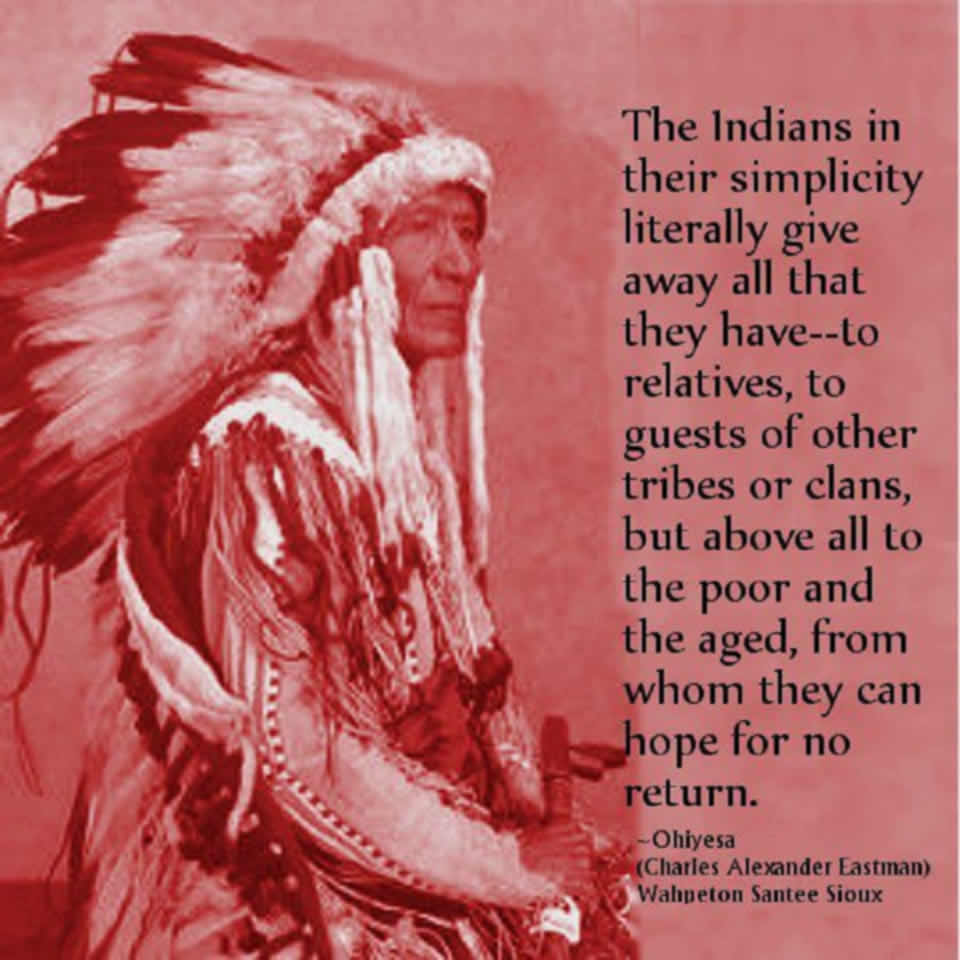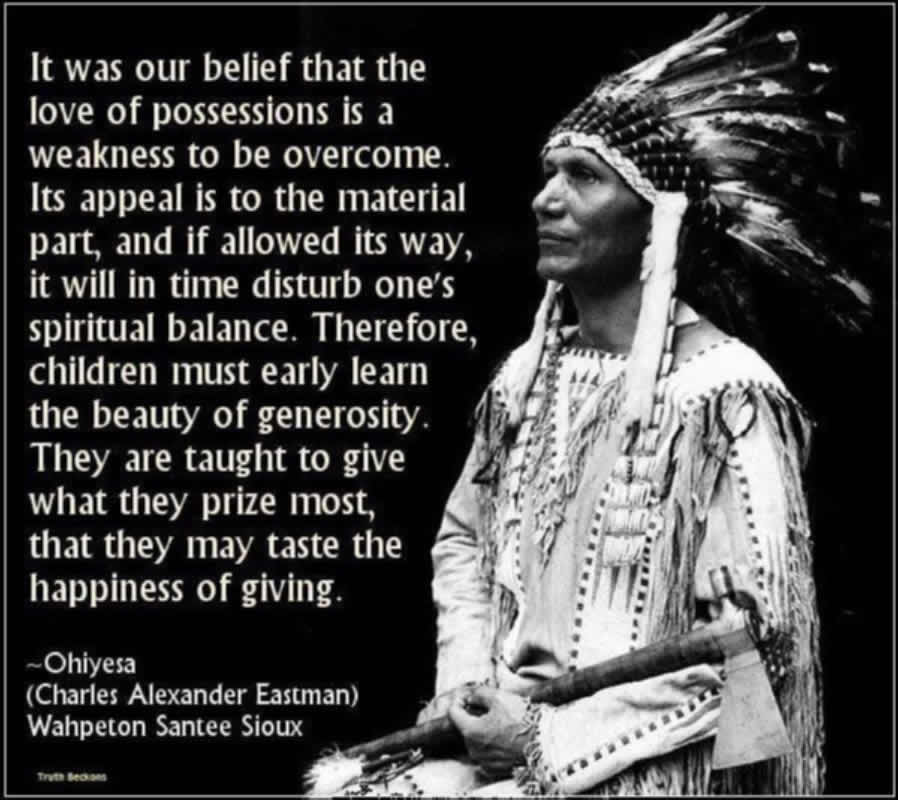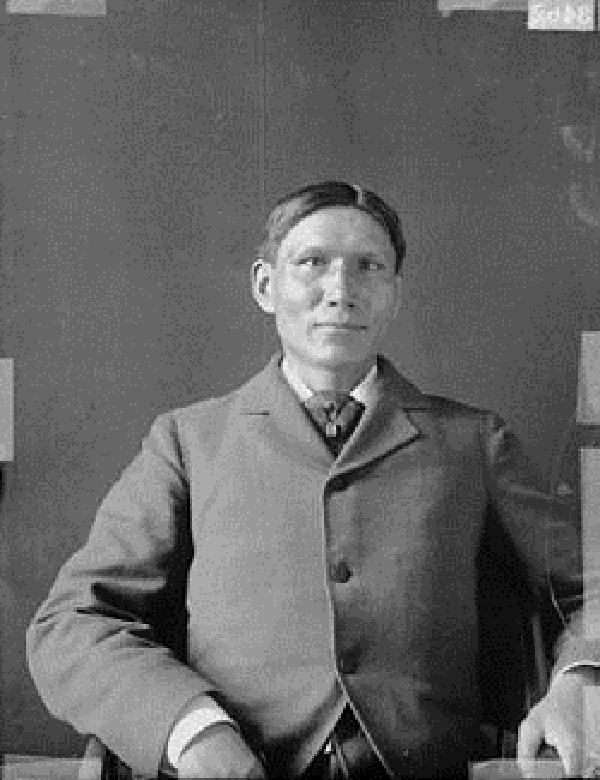
Charles Alexander Eastman (1858-1939) was a writer, physician, and activist who devoted his life to promoting the rights and preserving the culture of Native Americans. Born on a Dakota reservation, Eastman was the son of a Dakota mother and a European-American father. Through his education and career, he straddled both worlds, becoming one of the most prominent Native American voices of his time. This article will explore the life and legacy of Charles Alexander Eastman, focusing on his early years, education and career, activism, literary contributions, and personal life.
1. Early Life and Childhood of Charles Alexander Eastman
Family Background
Charles Alexander Eastman was born on February 19, 1858, in a Dakota Indian village near Redwood Falls, Minnesota. His parents, Many Lightnings and Wakantakawin, were of mixed Dakota and Euro-American ancestry. Their marriage was a political alliance, as Many Lightnings was a member of the Santee Sioux tribe, and Wakantakawin was the daughter of a prominent Euro-American businessman. Charles was the fifth of their six children.
Life on Dakota Reservation
Eastman's early life was spent on the Dakota Reservation in western Minnesota. He grew up speaking Dakota as his first language and living according to traditional cultural practices. Unfortunately, this peaceful life was interrupted by the tragic Sioux Uprising of 1862. During this time, Eastman and his family were taken captive and imprisoned at a fort in Mankato, Minnesota. This event had a profound impact on Eastman and shaped his views on race relations and Native American activism.
2. Education and Career of Charles Alexander Eastman
Formal Education
After his release from prison, Eastman was sent to live with his Euro-American relatives in Fergus Falls, Minnesota. There, he attended school and learned to read and write in English. At the age of 15, Eastman attended the Santee Normal Training School in Nebraska where he studied to become a teacher.
Work as a Physician
Eastman's life took a turn when he decided to pursue a career in medicine. He attended Dartmouth College and then went on to attend medical school at Boston University, where he graduated in 1890. Eastman became one of the first Native American physicians in modern times.
Government Service
After completing medical school, Eastman returned to the Dakota Reservation to work for the Bureau of Indian Affairs. He was initially stationed at Pine Ridge, where he provided medical care to the Lakota people. Later, he worked as the agency physician at Crow Creek. During his time with the Bureau, Eastman became an advocate for Native American rights and worked to improve the health and welfare of the Sioux people.
3. Charles Alexander Eastman's Role as a Dakota Physician
Advocating for Traditional Native Healing Practices
Eastman's experience growing up on the Dakota Reservation gave him a unique perspective on the importance of traditional Native American healing practices. As a physician, he advocated for the use of these practices alongside Western medicine. He believed that a combination of methods would provide the best possible care for his patients.
Combining Native and Western Medicine
Eastman was also instrumental in introducing Western medicine to the Sioux people. He recognized that some illnesses and injuries required treatments that could only be provided by Western medicine. Eastman worked to bridge the gap between the two worlds and taught Native Americans about Western medical practices.
4. Charles Alexander Eastman's Involvement in Native American Activism
The Sioux Uprising of 1862
Eastman's experiences during the Sioux Uprising of 1862 deeply affected him and shaped his views on Native American activism. He believed that the Uprising was a result of broken treaties and unfair treatment of Native Americans by the US government.
The Society of American Indians
In 1911, Eastman helped to found the Society of American Indians, a group dedicated to improving the lives of Native Americans. He served as the organization's first president and worked tirelessly to promote Native American rights and improve living conditions on reservations.
Efforts to Preserve Native American Culture
Throughout his life, Eastman was committed to preserving Native American culture and traditions. He wrote several books about Sioux life and culture, including "Indian Boyhood" and "Wigwam Evenings." He believed that the best way to preserve Native American culture was through education and understanding.
5. Charles Alexander Eastman's Literary Career
After completing his education, Charles Alexander Eastman began working as a physician for the Indian Health Service. However, he also pursued his passion for writing on the side. He wrote numerous articles and essays for various newspapers and magazines, including The Atlantic Monthly and Harper's Weekly.
Works Published
Eastman also authored several books, including "Indian Boyhood," which is considered a classic in Native American literature. In the book, Eastman shares his experiences growing up as a member of the Santee Dakota tribe. He also wrote "Wigwam Evenings," a collection of Native American folklore stories, as well as "The Soul of the Indian," which explores spirituality and religion in Native American culture.
Influence on Native American Literature
Charles Alexander Eastman's contributions to Native American literature cannot be overstated. He was among the first Native American writers to gain national recognition and his work helped to dispel many myths and stereotypes about Native American culture. Eastman's writing also paved the way for other Native American writers to share their stories and perspectives, giving a voice to a community that had long been marginalized.
6. Personal Life and Legacy of Charles Alexander Eastman
Marriage and Family
In 1891, Charles Alexander Eastman married Elaine Goodale, a white woman who had worked as a teacher on the Sioux reservation. Together, they had six children. However, their marriage was fraught with difficulties, with Elaine struggling to find acceptance in both Native American and white communities. The couple eventually divorced in 1921.
Legacy
Despite the challenges he faced in his personal life, Charles Alexander Eastman's contributions to Native American literature and his work as a physician continue to be celebrated today. He is remembered for his efforts to promote understanding and appreciation of Native American culture and for his groundbreaking contributions to the field of Native American literature.In summary, Charles Alexander Eastman's life was marked by a strong commitment to promoting Native American rights and culture, as well as bridging the gap between the Native American and Western worlds. Through his work as a physician, writer, and activist, Eastman achieved great success in advancing the cause of Native Americans. His legacy lives on today, inspiring future generations to continue the fight for justice and equality.
FAQ:
What is Charles Alexander Eastman known for?
Charles Alexander Eastman is known for his work as an author, physician, and activist who dedicated his life to promoting the rights and preserving the culture of Native Americans.
What were some of Charles Alexander Eastman's major accomplishments?
Charles Alexander Eastman had many accomplishments throughout his life, including serving as a physician for his people, advocating for traditional Native healing practices, and publishing several books that helped to raise awareness about Native American culture and issues. He was also a founding member of the Society of American Indians, an organization dedicated to promoting Native American rights.
What was Charles Alexander Eastman's legacy?
Charles Alexander Eastman's legacy lives on today, inspiring future generations to continue the fight for justice and equality. His work as an advocate for Native American rights and culture helped to raise awareness about the struggles faced by many Native Americans and played a key role in advancing the cause of Native Americans. His literary contributions also continue to be studied and appreciated today.
How did Charles Alexander Eastman's work influence Native American literature?
Charles Alexander Eastman's work as a writer played a key role in the development of Native American literature. He was one of the first Native American authors to write for a non-Native audience, and his books helped to raise awareness about Native American culture and issues. His work also inspired future generations of Native American writers, who continue to draw on his legacy today.
_________________________
"We were taught generosity to the poor and reverence for the Great Mystery. Religion was the basis of all Indian training."
"Each soul must meet the morning sun, the new, sweet earth, and the great silence alone."
~ Charles Alexander Eastman, OHIYESA SANTEE SIOUX
________________________
February 19, 1858 - January 8, 1939 (aged 80)
Very fascinating fellow.
I have a few of his books around here somewhere.
"Silence is the cornerstone of character."
"We were taught generosity to the poor and reverence for the Great Mystery. Religion was the basis of all Indian training."
http://en.wikipedia.org/wiki/Charles_Alexander_Eastman
